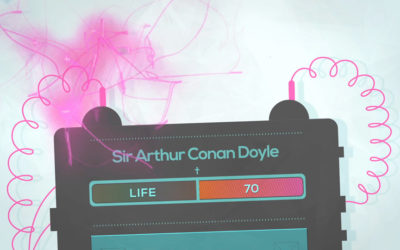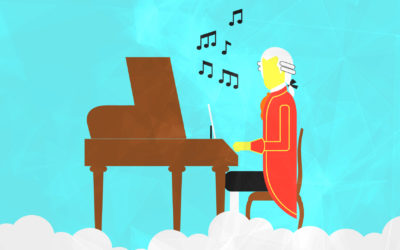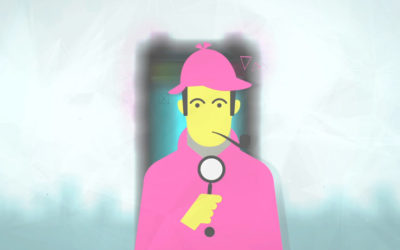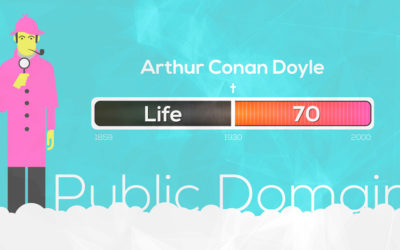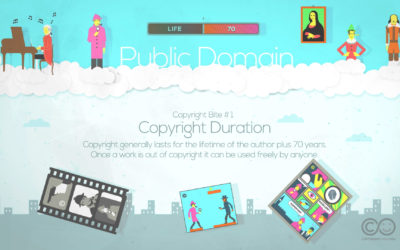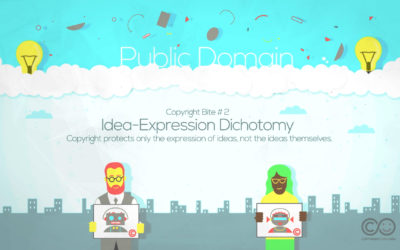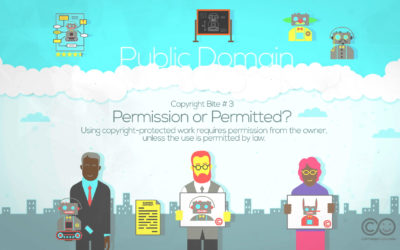Copyright Bite #1.6
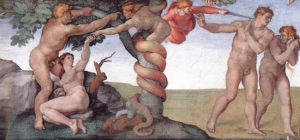 When most people discuss copyright in a work coming to an end, they talk about the work falling into the public domain. The metaphor of ‘the fall’ carries a number of – mostly negative – connotations. The idea of a work falling out of copyright, or falling into the public domain, evokes associations of something falling into disrepair, falling out of favour, a fall from grace, the fall guy, a literary death (at the Reichenbach Falls), and so on.
When most people discuss copyright in a work coming to an end, they talk about the work falling into the public domain. The metaphor of ‘the fall’ carries a number of – mostly negative – connotations. The idea of a work falling out of copyright, or falling into the public domain, evokes associations of something falling into disrepair, falling out of favour, a fall from grace, the fall guy, a literary death (at the Reichenbach Falls), and so on.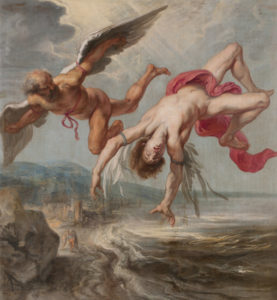 We prefer to think of the public domain in a more positive light, as a public good: a space in which existing work can be used by anyone, whether as inspiration or as raw material, in expressing themselves freely and creating new, interesting and engaging work. Copyright incentivises creative activity, and rewards authors for their creative efforts. But the public domain also enables creativity, and can add significant value – economic and otherwise – to the efforts and activities of creators and the creative industries. Copyright is extremely important; but so too is the public domain.
We prefer to think of the public domain in a more positive light, as a public good: a space in which existing work can be used by anyone, whether as inspiration or as raw material, in expressing themselves freely and creating new, interesting and engaging work. Copyright incentivises creative activity, and rewards authors for their creative efforts. But the public domain also enables creativity, and can add significant value – economic and otherwise – to the efforts and activities of creators and the creative industries. Copyright is extremely important; but so too is the public domain.More from Bite #1
Copyright Bite #1.1
Copyright does not last forever. In the UK, and across Europe, copyright in books, plays, music, works of art and films comes to an end 70 years after the author’s death.
Copyright Bite #1.2
Knowing that copyright generally lasts for the lifetime of the author plus 70 years is a useful rule of thumb, although this rule does not apply to all types of copyright work.
Copyright Bite #1.3
The man in pink is, of course, the inimitable Sherlock Holmes. Even before Holmes was released from the time capsule, you probably knew it was him.
Copyright Bite #1.4
Having become tired of his famous creation, Conan Doyle decided to kill him off in 1893.
Copyright Bite #1.5
Once an author’s body of work enters the public domain it is free to be re-used by anyone.
More Copyright Bites
Copyright Bite #1
Copyright Bite #1 considers how long copyright lasts and what it means to say that a work is protected by copyright or in the public domain.
Copyright Bite #2
Copyright Bite #2 explores how copyright protects only the expression of ideas and not ideas themselves.
Copyright Bite #3
Copyright Bite #3 considers how you can lawfully make use of, or borrow from, works that are still in copyright, but without having to ask for permission or make payment to the copyright owner.
Copyright Bites Credits
Copyright Bites: Credits and Acknowledgements

